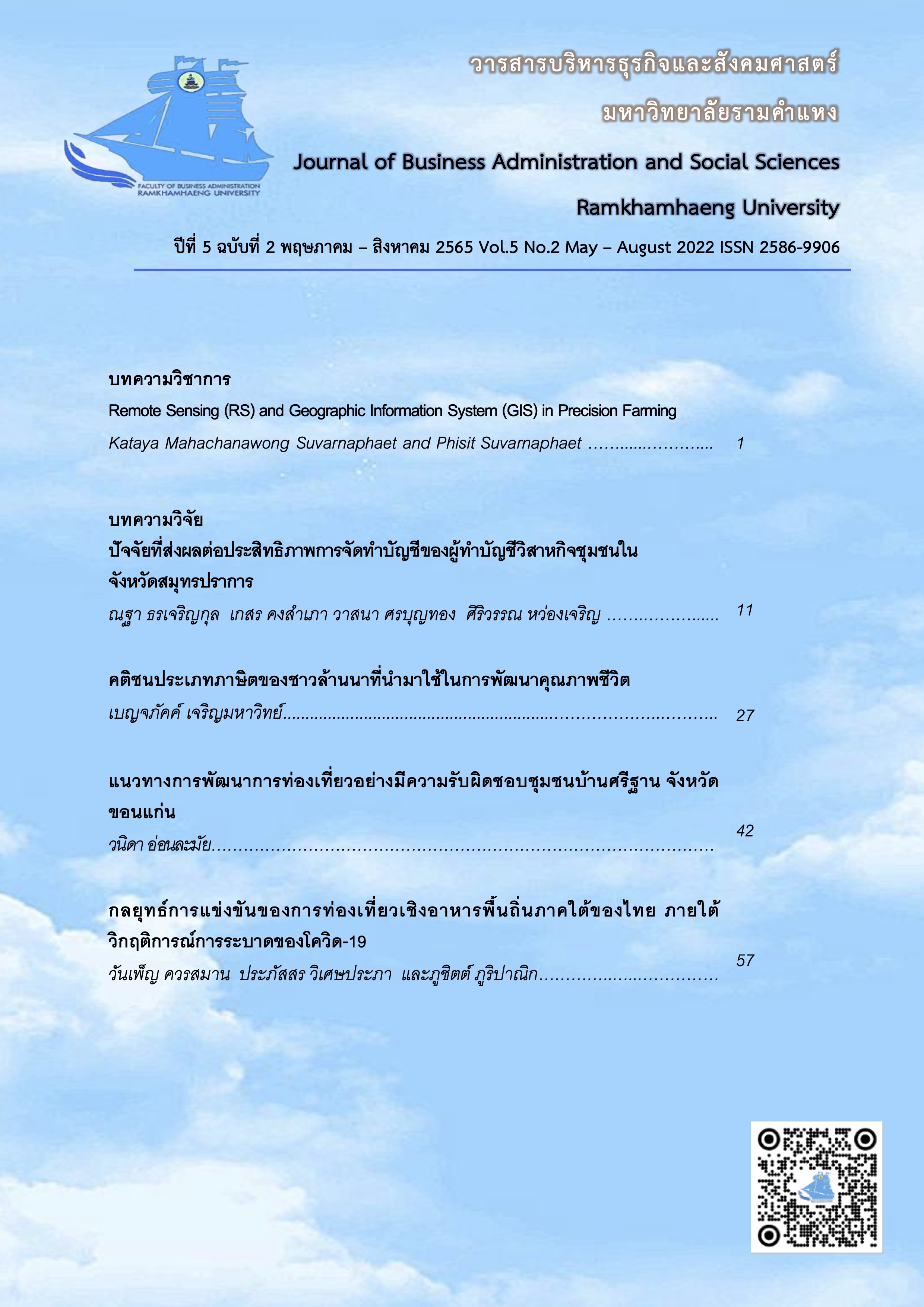Remote Sensing (RS) and Geographic Information System (GIS) in Precision Farming
Main Article Content
Abstract
Agriculture provides food and fiber, which are two of humanity's most fundamental requirements. Precision agriculture is a revolutionary method of agricultural management that is revolutionizing how farmers operate. It is built on information technology, which helps farmers collecting data and knowledge in order to make better decisions. In addition, it entails using geographic data to better understand field variability, minimize input consumption, and increase crop output (yield). Over expanding area of land, soil types, moisture content, nutrient availability, and other variables change considerably. Farmers may more accurately decide what inputs to place where and in what quantities by using remote sensing (RS), geographic information systems (GIS), and global positioning systems (GPS). With this knowledge, farmers can make better use of costly resources like fertilizers, insecticides, and herbicides, as well as water supplies.
Article Details

This work is licensed under a Creative Commons Attribution-NonCommercial-NoDerivatives 4.0 International License.
เนื้อหาและข้อมูลในบทความที่ลงตีพิมพ์ในวารสารบริหารธุรกิจและสังคมศาสตร์ มหาวิทยาลัยรามคำแหง ถือเป็นข้อคิดเห็นและความรับผิดชอบของผู้เขียนบทความโดยตรง ซึ่งกองบรรณาธิการไม่จำเป็นต้องเห็นด้วย หรือร่วมรับผิดชอบใดๆ
บทความ ข้อมูล เนื้อหา รูปภาพ ฯลฯ ที่ได้รับการตีพิมพ์ในวารสารบริหารธุรกิจและสังคมศาสตร์ มหาวิทยาลัยรามคำแหง ถือเป็นลิขสิทธิ์ของวารสารบริหารธุรกิจและสังคมศาสตร์ มหาวิทยาลัยรามคำแหง หากบุคคลหรือหน่วยงานใดต้องการนำบทความทั้งหมดหรือส่วนหนึ่งส่วนใดไปเผยแพร่ต่อ หรือเพื่อกระทำการใดๆ จะต้องได้รับอนุญาตเป็นลายลักษณ์อักษรจากวารสารบริหารธุรกิจและสังคมศาสตร์ มหาวิทยาลัยรามคำแหง ก่อนเท่านั้น
References
Abhilash Joseph, E., Abdul Hakkim, V. M., & Sajeena, S. (2020). Precision Farming for Sustainable Agriculture. International Journal of agriculture innovations and research, 8(16), 543-553.
Aggarwal, S. (2004). Principles of remote sensing. Satellite remote sensing and GIS applications in agricultural meteorology, 23(2), 23-28.
Alemaw, G., & Agegnehu, G. (2019). Precision Agriculture and the Need to Introduce in Ethiopia. Ethiopian Journal of Agricultural Sciences, 29(3), 139-158.
Andreo, V. (2013). Remote sensing and geographic information systems in precision farming. Instituto de Altos Estudios Espaciales “Mario Gulich”-CONAE/UNC Facultad de Matematica. Astronomia y Física–UNC.
Fu, W. J., Jiang, P. K., Zhou, G. M., & Zhao, K. L. (2014). Using Moran's I and GIS to study the spatial pattern of forest litter carbon density in a subtropical region of southeastern China. Biogeosciences, 11(8), 2401-2409.
Fulton, J., Hawkins, E., Taylor, R., & Franzen, A. (2018). Yield monitoring and mapping. In Shanon, K. D., Clay, D. E., & Kitchen, N. R. (Eds.), Precision Agriculture Basics (pp. 63-78). ASA, CSSA, SSSA.
Georgi, C., Spengler, D., Itzerott, S., & Kleinschmit, B. (2018). Automatic delineation algorithm for site-specific management zones based on satellite remote sensing data. Precision Agriculture, 19(4), 684-707.
Landa, E. R., & Feller, C. (Eds.). (2010). Soil and culture. Springer Science & Business Media.
Lencsés, E., Takács, I., & Takács-György, K. (2014). Farmers’ perception of precision farming technology among Hungarian farmers. Sustainability, 6(12), 8452-8465.
Liaghat, S., & Balasundram, S. K. (2010). A review: The role of remote sensing in precision agriculture. American journal of agricultural and biological sciences, 5(1), 50-55.
Lu, Y. C., Daughtry, C., Hart, G., & Watkins, B. (1997). The current state of precision farming. Food reviews international, 13(2), 141-162.
Maguire, D. J. (1991). An overview and definition of GIS. Geographical information systems: Principles and applications, 1(1), 9-20.
Mendez, D., Labrador, M., & Ramachandran, K. (2013). Data interpolation for participatory sensing systems. Pervasive and Mobile Computing, 9(1), 132-148.
Namgyal, D., Bahar, F. A., Mehdi, S., Saxena, A., Dorjey, S., & Gupta, V. (2021). Remote sensing (RS) and geographical indication system (GIS) techniques in precision agriculture. The Pharma Innovation Journal, 10(8), 1220-1222.
Patil, V. C., Maru, A., Shashidhara, G. B., & Shanwad, U. K. (2002, October). Remote Sensing, Geographical Information System and precision farming in India: opportunities and challenges. In Proceedings of the Third Asian Conference for Information Technology in Agriculture (pp. 26-28).
Patil B, Chetan HT. (2017). Role of remote sensing in precision agriculture, Marumegh, 2(4), 34-37.
Praveen, B., & Sharma, P. (2020). A review: The role of geospatial technology in precision agriculture. Journal of Public Affairs, 20(1), e1968.
Ray, S. S., Panigrahy, S., & Parihar, J. S. (2008). Precision Farming in. Extension of Technologies: From Labs to Farms, 307.
Tayari, E., Jamshid, A. R., & Goodarzi, H. R. (2015). Role of GPS and GIS in precision agriculture. Journal of Scientific Research and Development, 2(3), 157-162.
Wani, M. A. (2019). 15 Remote Sensing and GIS. Agricultural Impacts of Climate Change [Volume 1], 263.


